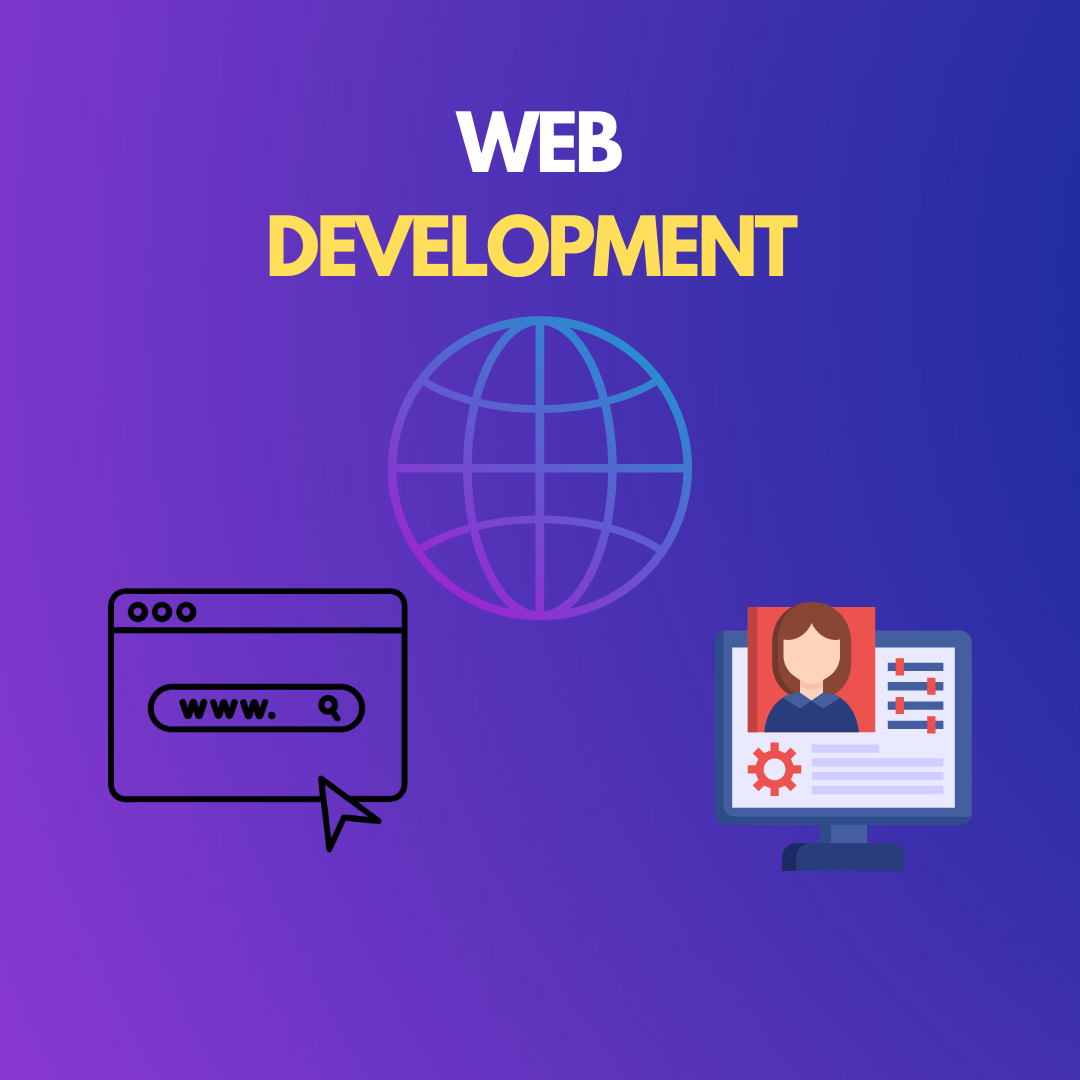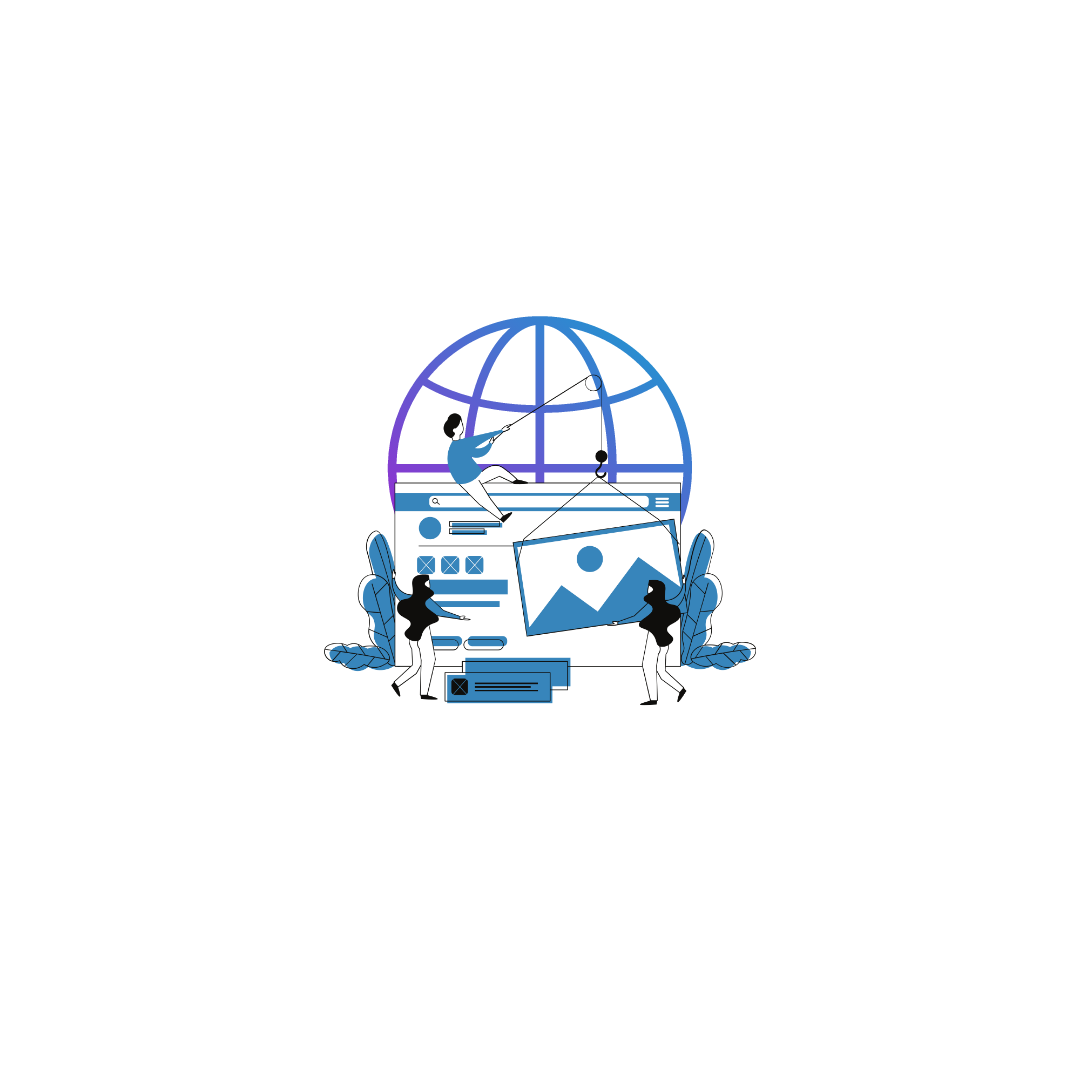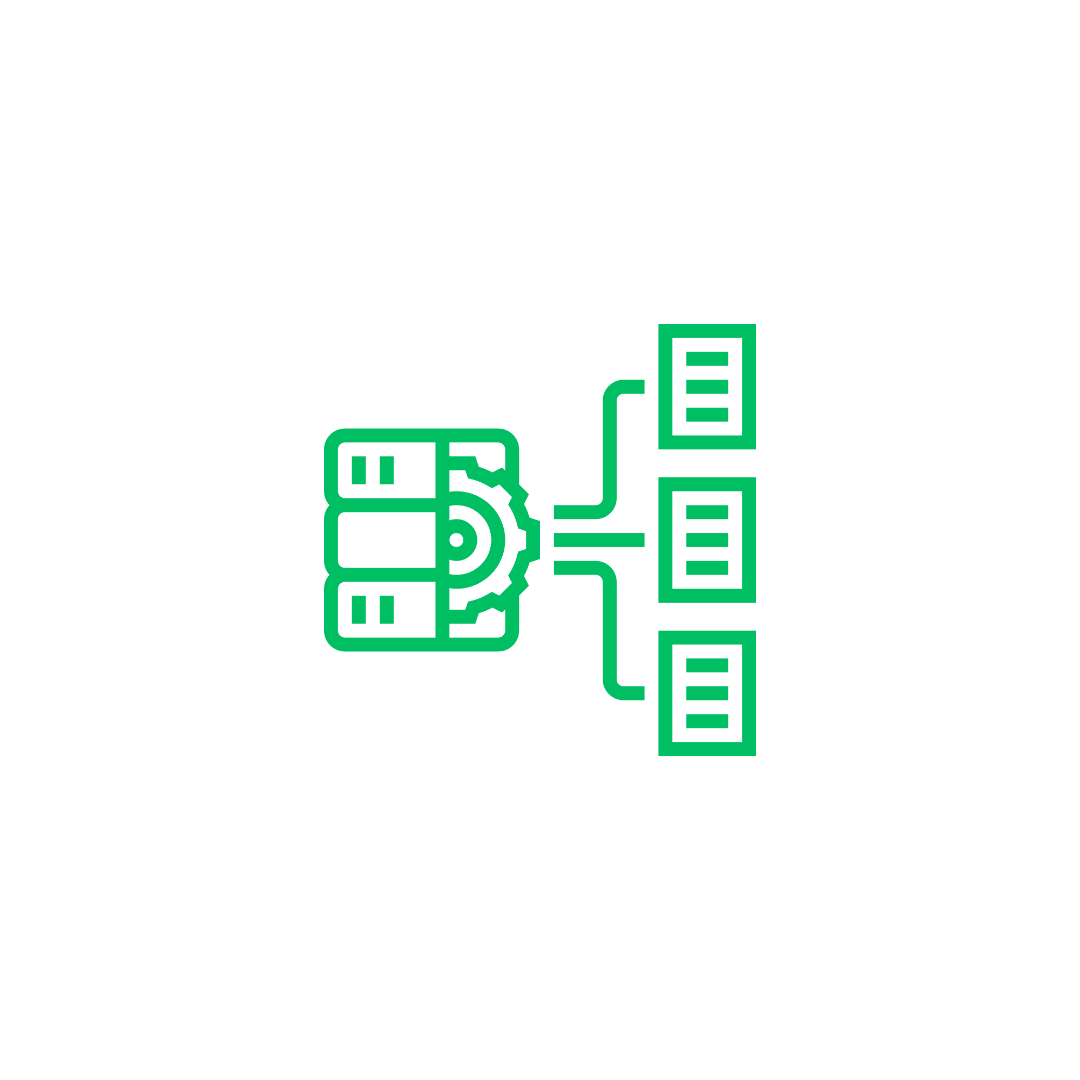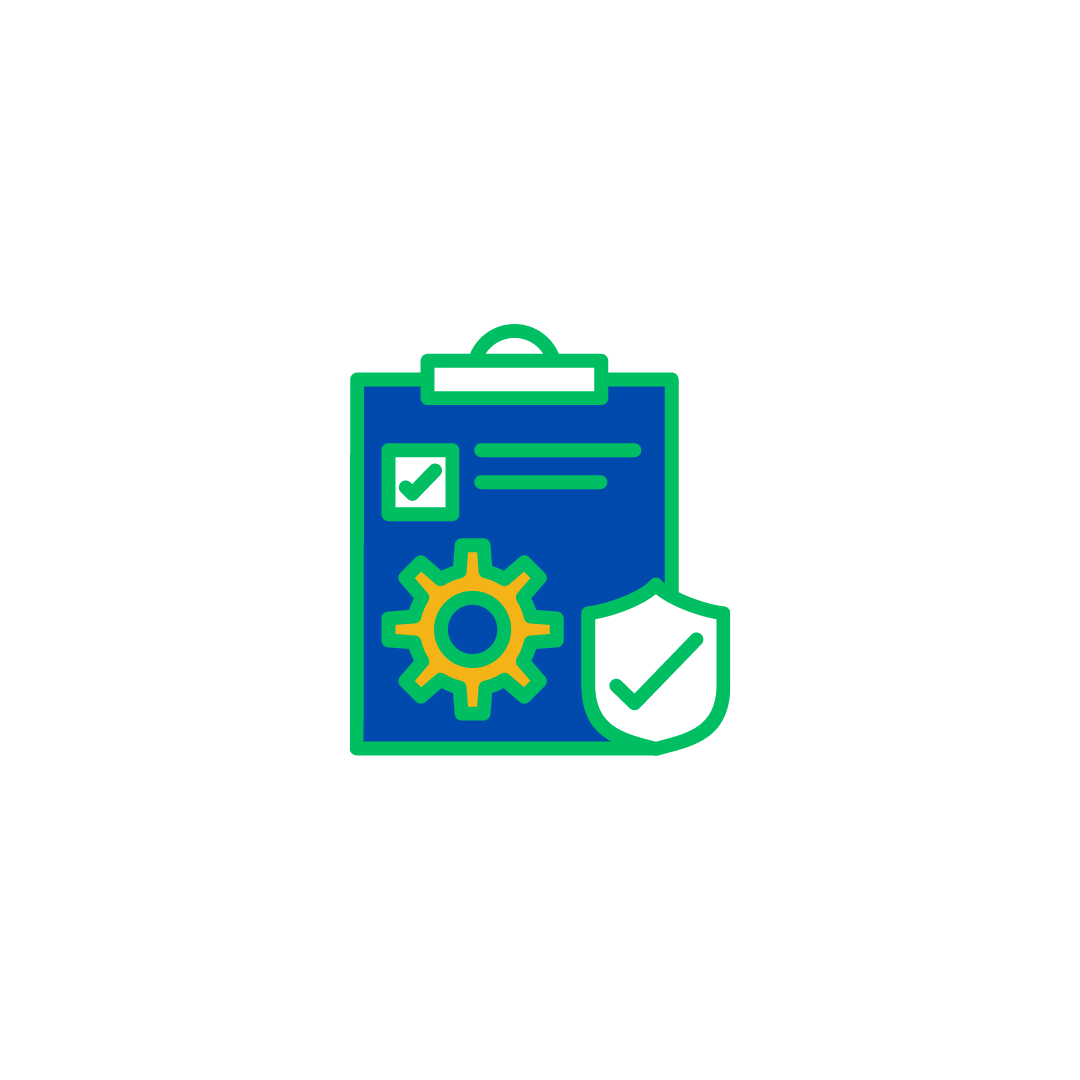
Introduction:
Web development is a dynamic and ever-evolving field that encompasses various stages, from designing a visually appealing interface to deploying a functional website or web application. Whether you're a beginner embarking on your web development journey or a business owner looking to gain a deeper understanding of the development process, this comprehensive guide will walk you through the essential steps involved in web development. In This area, from design to deployment, we'll explore each stage, discussing key concepts, tools, and best practices.
1. Understanding Web Design:
The first step in web development is designing user interface (UI) and user experience (UX) of your website. This stage involves creating wireframes, mockups, and prototypes to outline structure and visual elements of your project. Key considerations include choosing an appropriate color scheme, typography, and layout that aligns with your brand and target audience. Adobe Photoshop, Sketch, or Figma are used to create stunning designs.

2. Front-end Development:

Front-end development focuses on implementing visual elements and interactivity of your website or application. This stage involves writing code using HTML, CSS, and JavaScript to bring the design to life. Key tasks include creating web pages, styling them with CSS, and adding interactivity with JavaScript. Frameworks like React, Angular, or Vue.js can enhance development efficiency and provide additional functionality. Integrated Development Environments (IDEs) such as Visual Studio Code or Sublime Text are commonly used by front-end developers.
3. Back-end Development:
Back-end development deals with the server-side logic and functionality that powers your website or application. This stage involves working with server-side languages like Python, Ruby, Java, or PHP, and frameworks such as Django, Ruby on Rails, or Node.js. Key tasks include setting up databases, handling user authentication, managing server-side APIs, and implementing business logic. Back-end development requires an understanding of database systems like MySQL or MongoDB and knowledge of server management and deployment processes.

4. Database Management:

Efficiently managing data is crucial for web applications. This stage involves designing and implementing a database structure that can store and retrieve data accurately and securely. Popular database management systems include MySQL, PostgreSQL, and MongoDB. Skills in SQL (Structured Query Language) or NoSQL are essential for manipulating and querying data effectively.
5. Testing and Quality Assurance:
Thorough testing and quality assurance are crucial before launching your web application. This stage involves performing various tests to identify and fix bugs, optimize performance, and ensure compatibility across different browsers and devices. Tools like Selenium, Jest, or Cypress can automate testing processes, while user testing and feedback play a vital role in identifying usability issues.

6. Deployment and Hosting:

Once development and testing are complete, it's time to deploy your web application to a live server. This stage involves selecting a reliable hosting provider, configuring server environments, and setting up domain names and SSL certificates. Tools like AWS, DigitalOcean, or Heroku offer scalable hosting options. Understanding version control systems like Git and utilizing deployment tools like Docker or Kubernetes can simplify the deployment process.
Conclusion:
Web development is a multifaceted process that requires a combination of design, programming, and deployment skills. By following this comprehensive guide, you now have a solid understanding of the essential stages involved in web development, from designing an engaging user interface to deploying a fully functional website or application. Remember to stay up to date with the latest industry trends, explore new technologies, and continuously improve your skills. With practice and dedication, you'll be able to create remarkable web experiences and contribute to the ever-growing world of web development.



0 Comments
Thanks